Movies based on true stories often captivate audiences by offering a glimpse into real-life events, people, and history. However, what we see on the big screen isn’t always an accurate depiction of reality. Filmmakers frequently dramatize or alter facts to make the story more compelling or to fit the narrative structure of a Hollywood film. This blend of fact and fiction can create powerful storytelling, but it also raises questions about how much of what we see is true and how much has been embellished for cinematic effect.
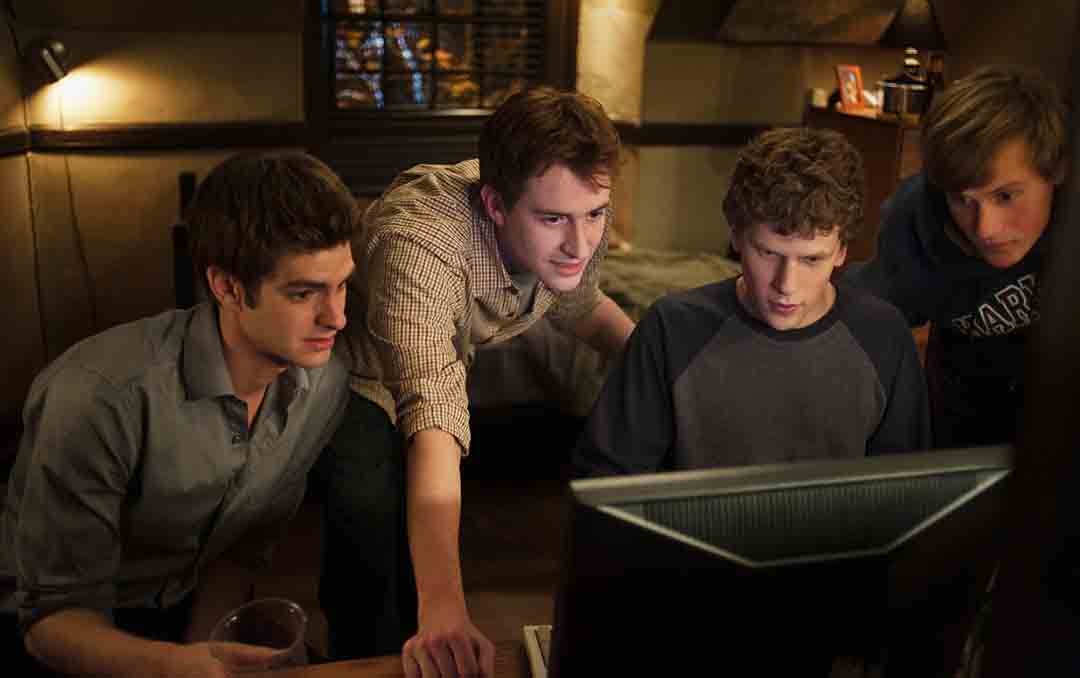
One of the most well-known examples of this is The Social Network (2010), a film that tells the story of the creation of Facebook. Directed by David Fincher and written by Aaron Sorkin, the movie is based on the book The Accidental Billionaires by Ben Mezrich. While the film provides a fascinating look into the rise of Mark Zuckerberg and Facebook, many aspects of the story were exaggerated or altered. For instance, the movie portrays Zuckerberg as a socially awkward genius who started Facebook out of spite for being rejected by a girl, but in reality, the timeline of events and Zuckerberg’s motivations were more complex. Additionally, the film’s portrayal of the legal battles between Zuckerberg and his former colleagues was dramatized to heighten the tension.
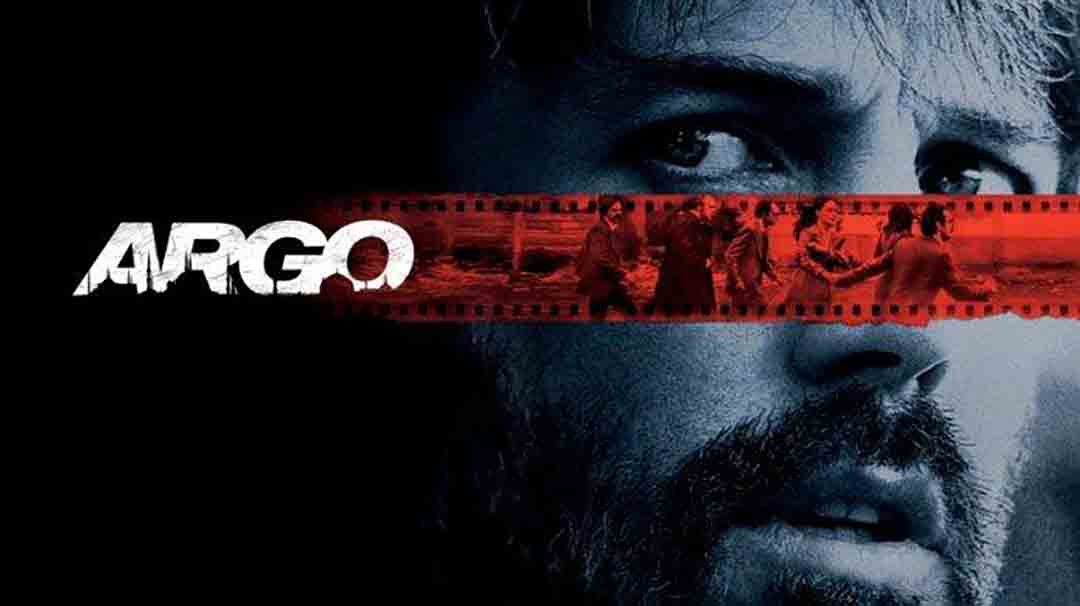
Another popular film based on real events is Argo (2012), which recounts the 1979 Iranian hostage crisis and the CIA’s daring operation to rescue six American diplomats. Directed by Ben Affleck, Argo won the Academy Award for Best Picture, but it took significant creative liberties with the true story. One major exaggeration was the portrayal of the climax at the airport, where the diplomats are almost caught by Iranian authorities. In reality, the departure from Iran went smoothly, and there was no dramatic chase or confrontation. The film also downplays the crucial role of the Canadian government, making the rescue seem like a primarily American operation.
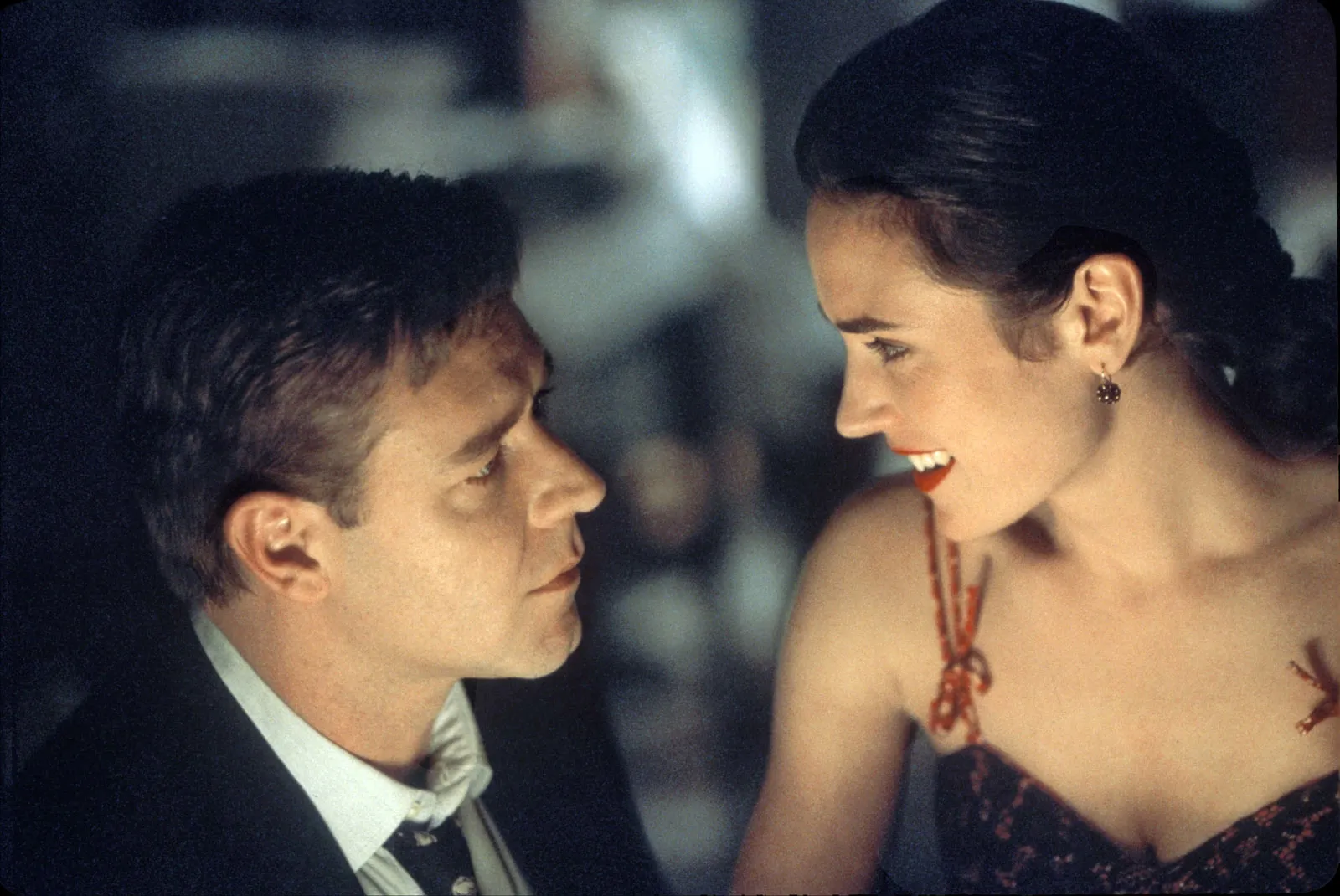
In A Beautiful Mind (2001), Russell Crowe portrays John Nash, a brilliant mathematician who struggled with schizophrenia. The film, directed by Ron Howard, received critical acclaim and several Academy Awards, including Best Picture. While the movie accurately depicts Nash’s mathematical genius and his battle with mental illness, it fictionalizes certain elements of his life. For example, the film creates a dramatic narrative involving Nash’s hallucinations, suggesting he worked for a secret government agency. In reality, Nash’s delusions were more abstract, and the film simplifies the complexity of his mental illness to create a more digestible storyline for audiences.

Bohemian Rhapsody (2018), the biopic about Freddie Mercury and the rise of Queen, also plays with the timeline of events for dramatic effect. The film suggests that the band broke up before their iconic performance at Live Aid in 1985, but in truth, Queen never officially disbanded. Additionally, the movie implies that Mercury revealed his HIV diagnosis to his bandmates just before the Live Aid concert, when in fact, Mercury wasn’t diagnosed until later. These changes were made to create a more emotional arc in the film, but they stray from the real events.
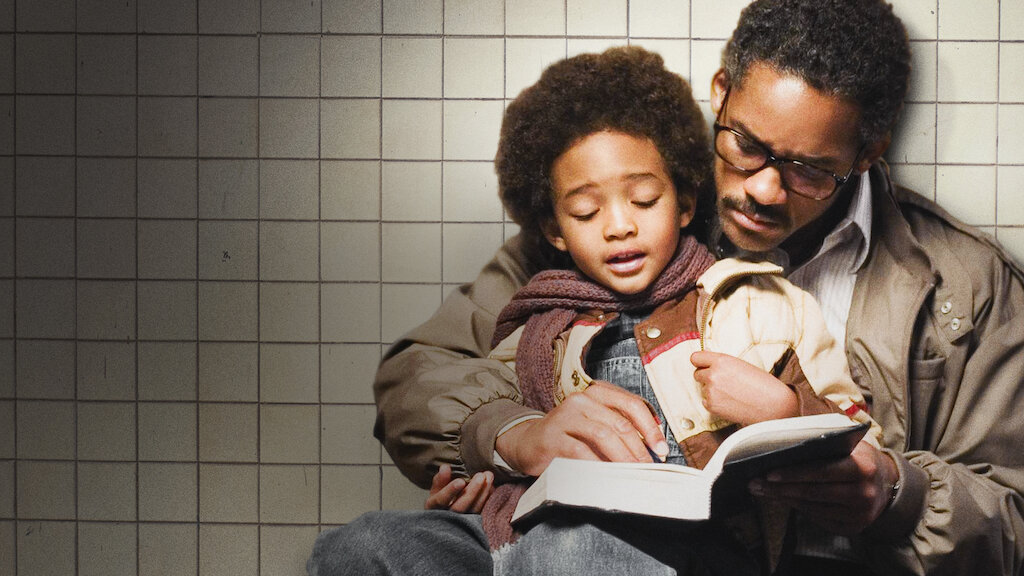
Similarly, The Pursuit of Happyness (2006), starring Will Smith, tells the inspiring story of Chris Gardner, a homeless man who rises to become a successful stockbroker. While the film is based on Gardner’s real-life struggles, certain aspects were exaggerated to increase the emotional impact. For example, the film implies that Gardner and his son spent nights in public restrooms, when in fact, they mostly stayed in shelters or with friends. The movie also condenses the timeline of events to fit the narrative, making Gardner’s journey to success seem more rapid than it actually was.
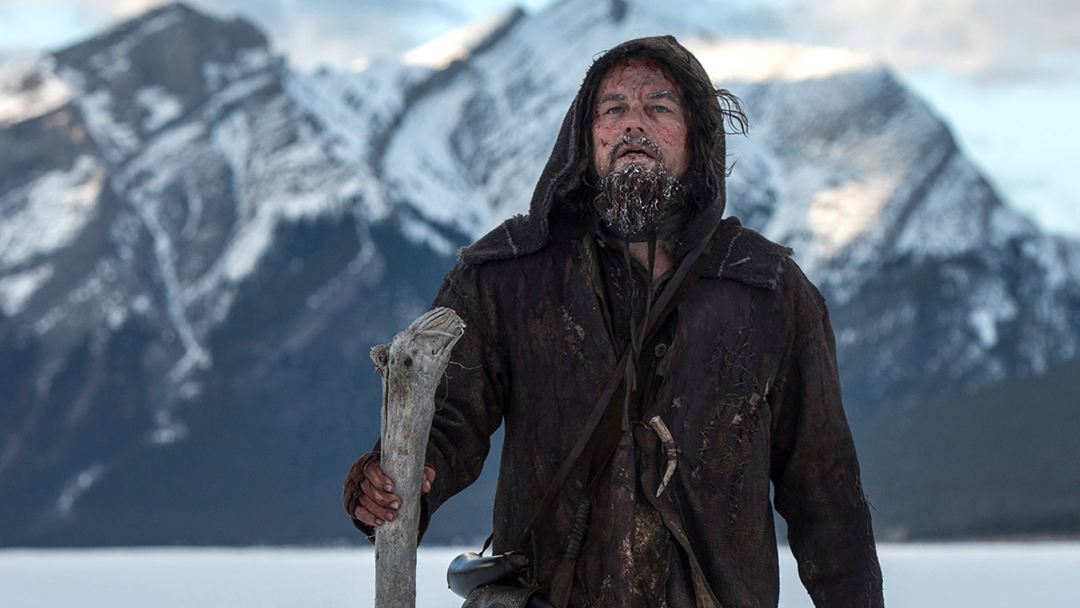
The Revenant (2015), a film inspired by the real-life story of frontiersman Hugh Glass, took creative liberties with the true story. While Glass did survive a bear attack and was left for dead by his companions, the film adds several fictional elements to heighten the drama. In the movie, Glass seeks revenge against John Fitzgerald, one of the men who abandoned him, and the film builds up to a climactic confrontation between the two. However, in reality, Glass never sought revenge. Instead, he forgave those who had left him behind.
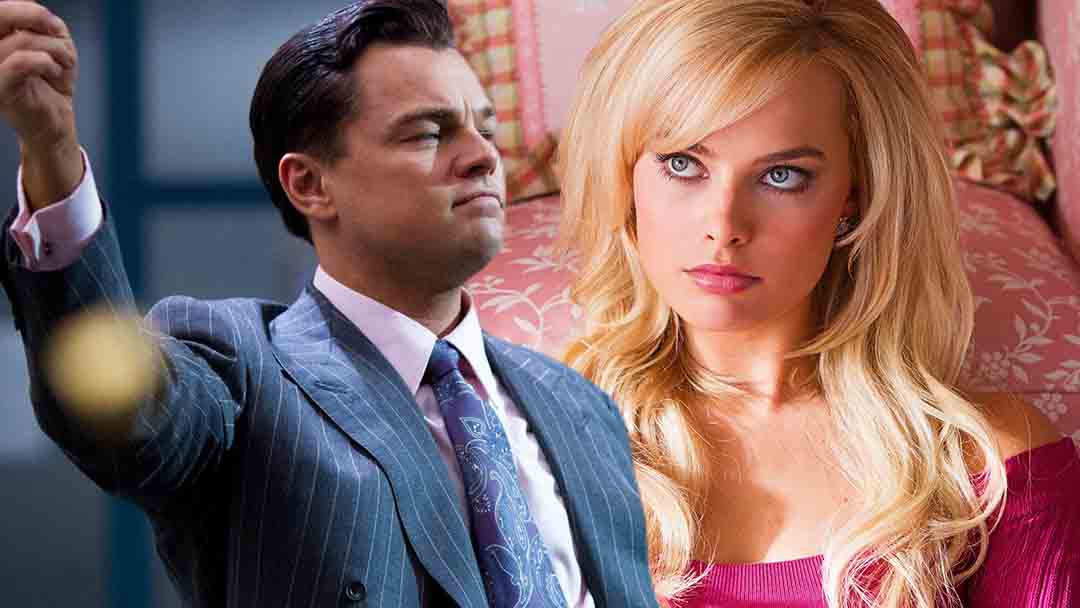
Finally, The Wolf of Wall Street (2013), directed by Martin Scorsese and based on the memoir by Jordan Belfort, tells the outrageous story of Belfort’s rise and fall as a corrupt stockbroker. While many of the events depicted in the film are based on real-life incidents, the film exaggerates certain aspects of Belfort’s lifestyle, particularly his drug use and wild parties. Belfort himself has admitted that the movie is an exaggerated version of his life, with many scenes played up for entertainment value.
In essence, while movies based on true stories can offer a glimpse into historical events and real-life figures, they often blur the line between fact and fiction. Filmmakers face the challenge of balancing accuracy with the need to create an engaging and dramatic narrative. As a result, it’s important for audiences to recognize that not everything they see on screen is a direct reflection of reality. Many details are altered, condensed, or exaggerated to enhance the storytelling, making these films as much a work of fiction as they are a portrayal of truth.





